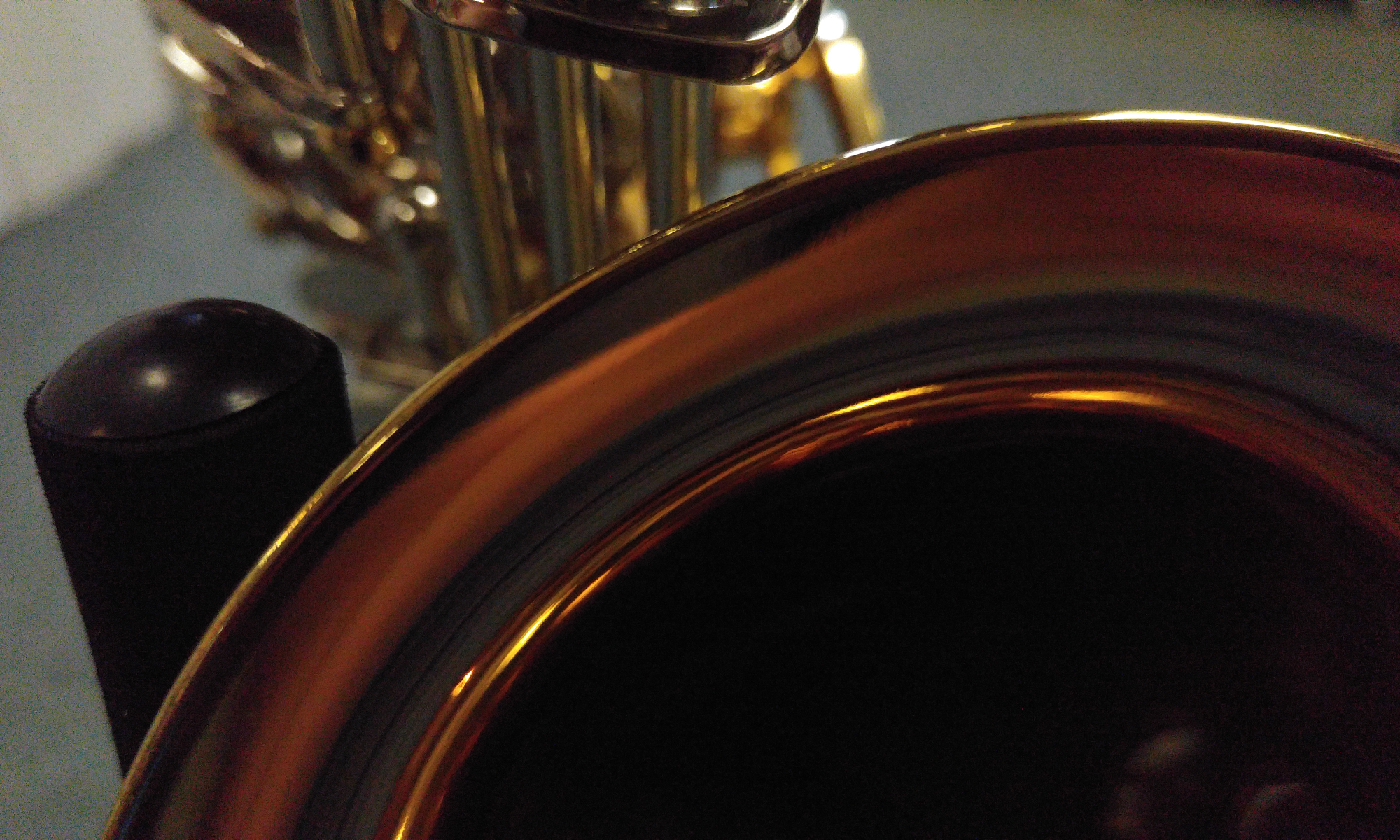The author’s note with which Madeleine Marie Slavick introduces her 2004 collection delicate access is, more than most such notes, a taste of things to come. “A notice came from the post office,” she begins, “to please collect an oversize package.” There follows a description of the box and its apparently unrelated contents – and then this: “Just like a poem, these arrivals. Fluid, disjointed, bruised, pure. To be acknowledged, touched, held for a while, sifted, and written, or not.”
This small volume is hardly an oversized package, but it is beautifully fluid, tantalizingly disjointed, bruised in ways that show it has been out and about in the world – pure poetry to be acknowledged, held for a while, sifted, read.
The collection, divided into seven parts, consists of 88 poems, each juxtaposed with a Chinese translation by Luo Hui, and a number of Slavick’s photographs. The first two parts, “hum, city, hum” and “Permanent Resident” plunge right into the humming city of Hong Kong. Here “rat feet slide along to their next darkness like a wet shadow” (“city automatic,” 16) in a “city of everything” where
to walk down this block is to pass three hundred people leaning their lives into you
and
…humidity conspires with time to wrap itself into a funnel where absolutely nothing happens”
(“or are we waiting for god to love us again,” 20).
The
…everywhere air conditioner spits heat onto muscling streets of millions already shuffling
and Slavick writes,
I want the rhythm of air not unlike warm blood of the body to send send air chasing until we move with the current of the earth
(“everywhere air conditioner,” 22)
One of the most striking characteristics of Slavick’s poetry is captured in a beautiful image near the end of the second section (in “the biggest softness,” 30), where “glass and water rhyme” in the morning after overnight rain. The city is overwhelming, the everywhere air conditioner more stifling than the heat, but there is a natural beauty in it that is celebrated in these poems.
The natural beauty of the city is often experienced (as in the section titled “Placing Asia”) in things in between. In the poem of that title, Slavick moves across almost a decade, from 1989 Wai Yeung Village through 1991 Shaoxing, 1993 Beijing, 1994 Yunnan Province, and 1995 Shenzhen Special Economic Zone, to 1997 Wai Yeung Village, from a place
easily made romantic by magazine posters of Hong Kong movie stars taped to the wall
to the same place eight years later
Gone. A half-circle of shined blue-roofed buildings stands instead. A different ancestor.
The two lines titled “1993 Beijing” (78) convey betweenness with an economy of language that would please both Wittgenstein and laozi:
Her wide streets hold everything.
Her old, narrow hutongs hold everything else.
In “The Pearl River,” Slavick writes of Guangzhou:
The bridge fainted today. Smog as cold as a riverside marble lobby and
the three elevators, mirrored, that run up each nouveau tower. Winter
swimming pools are silent.
Tonight, the City will shine green neon onto promenade trees in case the
leaves also faint, and a strip of blue along the River. The training of the great
nature return.
Slavick refers to the short poems in the section titled “Nature” as “the closest I’ve ever written to prayers” (147). They are absolutely condensed – not invocations so much as minimalist psalms, as in the four word (four character) “One leaf, one / moment” (100). Not a call to a higher power, not a supplication – an invocation of what is, an “it is” that, satisfied, leaves “good” unspoken because unnecessary.
The section titled “Colo(u)r” returns to longer poems but maintains the tone of “Nature.” (I think of John Cage’s imitating Nature in her manner of operation – no need to say “good” or “bad,” only is, as in the second poem in this series, “Seeing blue” (107), which begins with “Blue is everything we cannot touch”:
Truth happens every day
The sky watches our wars
Like a sea that cannot swim
See how brave, how tender a bridge is
The final section, “ricochet,” is described as a gift to Lauri Anderson, inspired by her “poetic, prosy story-songs” and by Rimbaud, Baudelaire, and Neruda: “everything is connected or you write until the blood runs out” (148).
That might well describe the whole collection, everything connected, writing until the blood runs out, writing with a power of observation that, without passing judgment, singing cities of everything, makes these poems a joy to read: “We all know pollywogs wallow in their papaya boat and jackfruit lump along the trunk like a tumor to be cut off, but what does so much watermelon red open, for to pry a pomelo head apart in the middle of autumn’s rebellion reminds us that there is still some sweet justice left we must eat it to make more” (134).
What can one say to that but amen?
Steven Schroeder, Chicago
Madeleine Marie Slavick. delicate access. Hong Kong: Sixth Finger Press, 2004. ISBN 988-97075-2-7.
